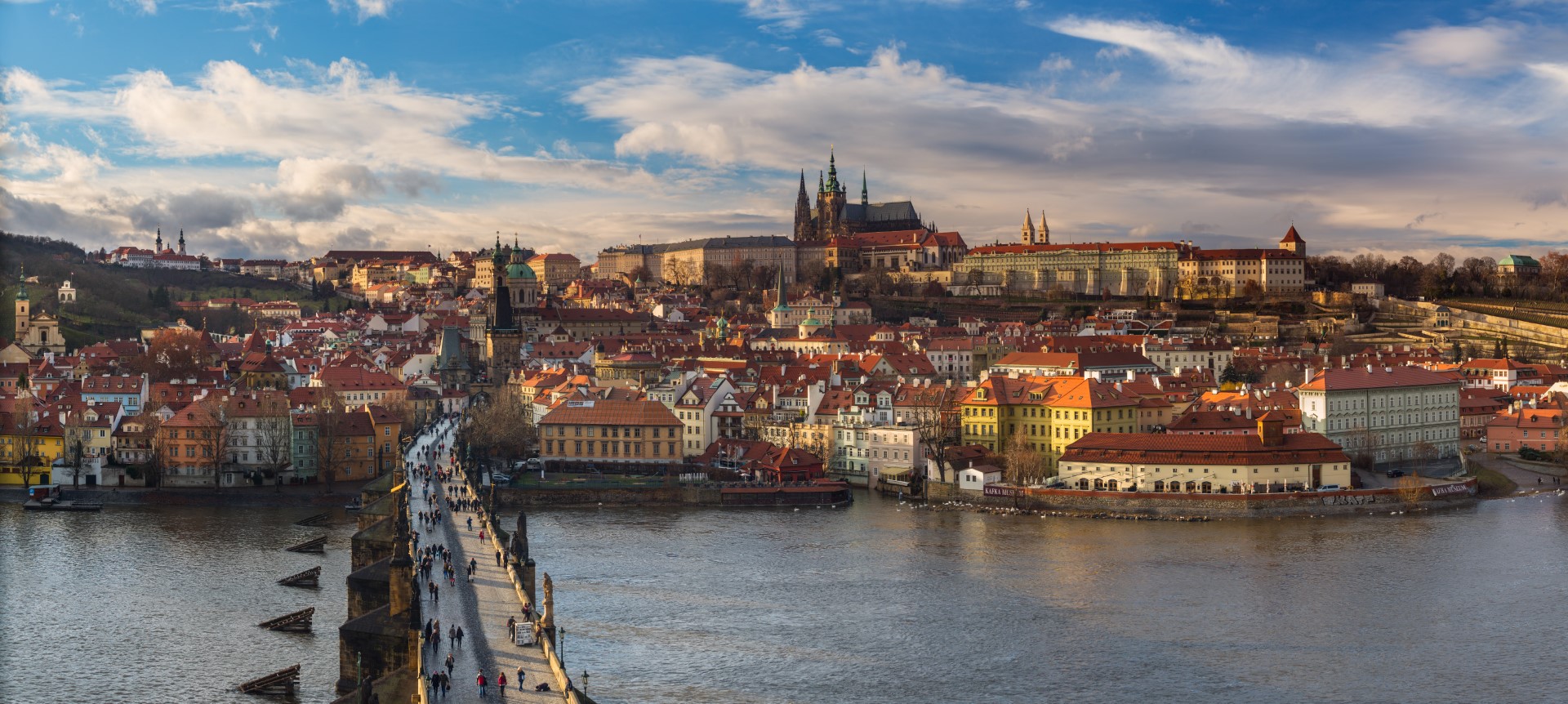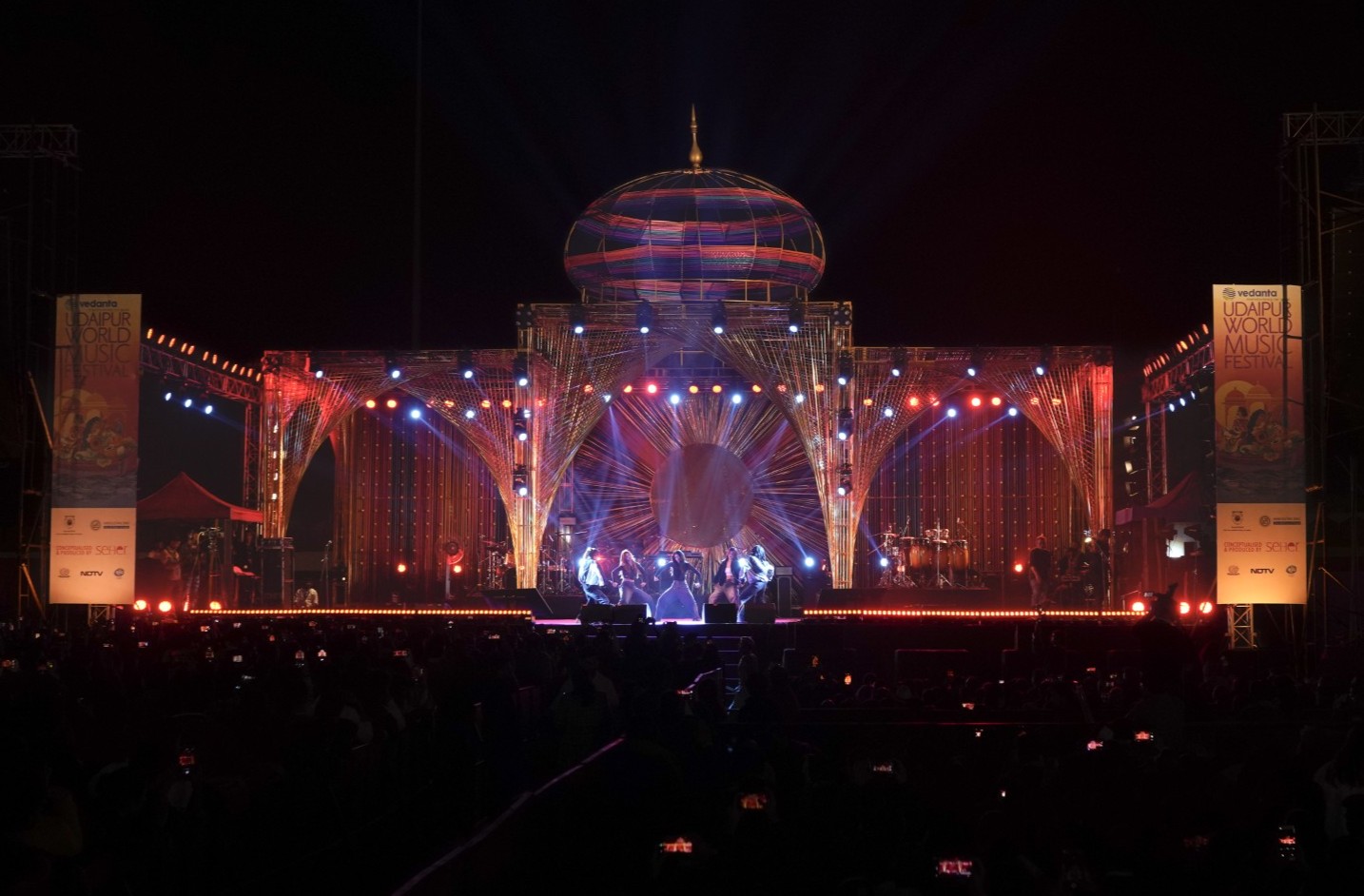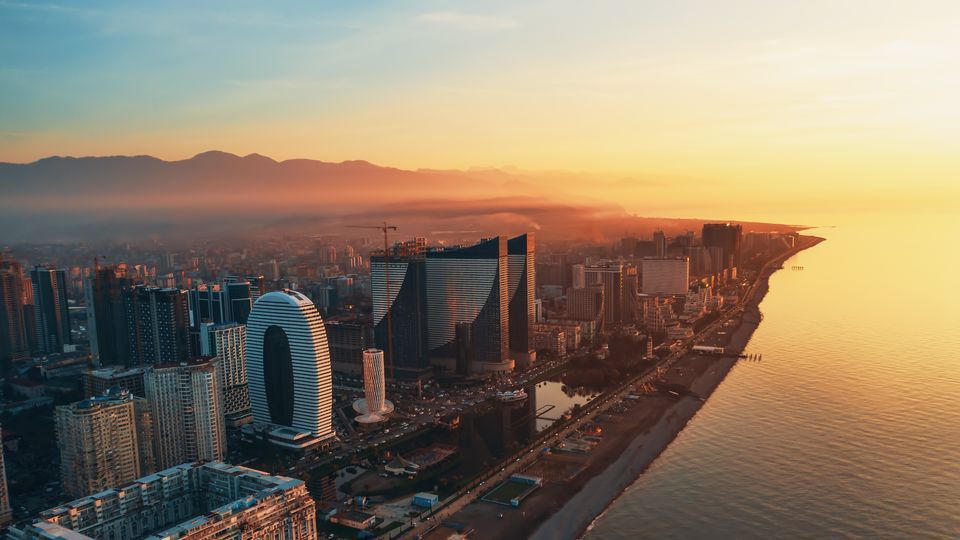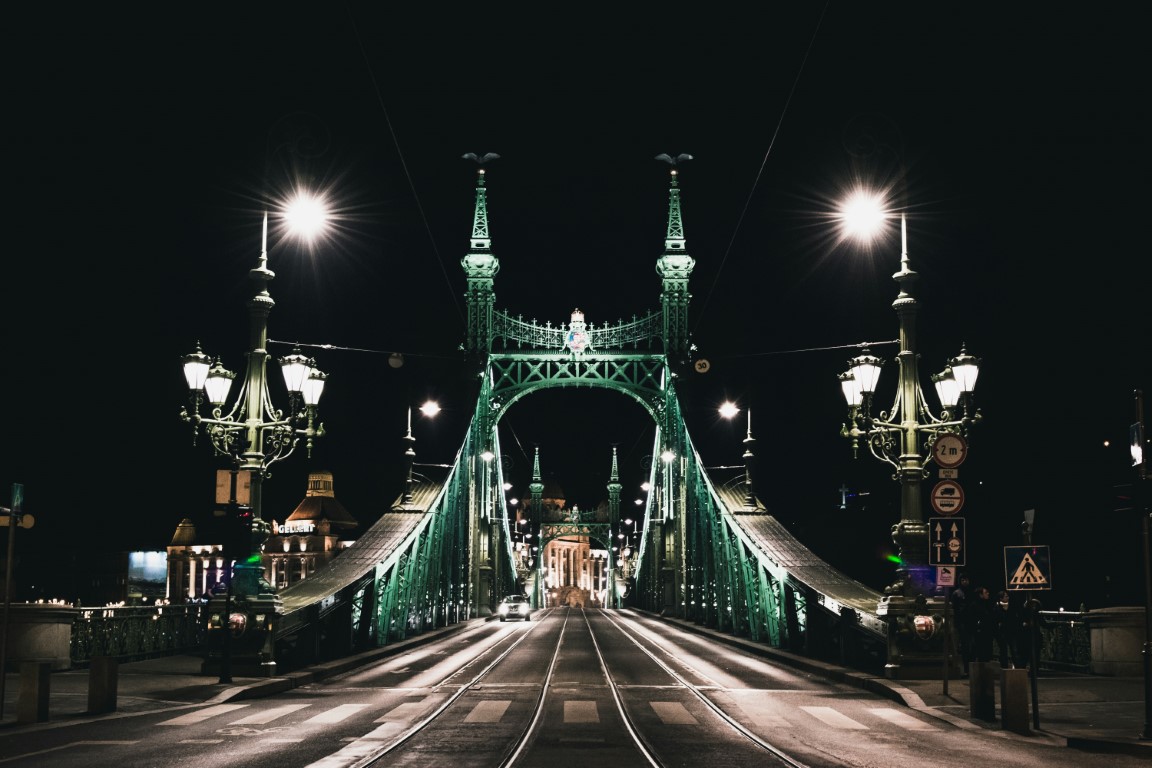
Prague the medieval city known as Paris of the East!
This article appeared in the Leela Magazine Summer 2024 edition. You can see the original print here.
Prague is a compact jewel of a city that sits at the heart of Bohemia with an amazing mélange of architecture ranging from Romanesque chapels to Gothic cathedrals to Baroque palaces. Buffeted by vast winds of change which brought it under the sway of the Austro-Hungarian empire followed by the Nazi occupation of WWII and captured as part of the Soviet Communist empire until its liberation in 1989, this beautiful city has only just begun to reclaim its rightful place as the Paris of the East. Bisected by the river Vltava which winds its way under Prague’s many old bridges, the major sights lie on either side and can be easily seen in a walking tour spread over a couple of days.
A great place to start your tour of Prague would be at its highest viewing point the Petrin Lookout Tower at the top of Petrin Hill which gives an amazing panorama of the entire city. This tower constructed in 1891 was inspired by and designed as a miniature replica of the Eiffel Tower that had been inaugurated two years earlier, thus further sealing Prague’s claim to be the Paris of the East. The best way to access it is to cross the Vltava River to its left bank, an area known as the Lesser Town and then ride the funicular to the top of the hill. The tower which is built to one-fifth the scale of the Eiffel Tower, rises to a height of 63.5 m and you can take the elevator to the top. Or if you are feeling more energetic there is a spiral staircase of 299 steps that winds through the octagonal steel-lattice structure to the viewing platform at 55 m.
From the viewing platform the for escape is dominated by the imposing bulk of Prague Castle as it sprawls down Hradčany Hill below you. Find your way along the path that winds down to the castle entrance and make a stop by the restored Strahov Monastery founded by German monks in 1143. The outstanding feature of the monastery is the stunning library housing over 200,000 books covering religion, pharmacy, maths, philosophy and astronomy. The breathtaking ceiling of the library’s Philosophical Hall was painted by Franz Anton Maulbertsch, and his magnificent fresco depicts the spiritual evolvement of humanity.
Prague Castle is a strange assortment of grand buildings which span over a thousand years since it was first founded around 880 AD by Prince Bořivoj. The architectural styles on display run the full gamut from Romanesque through Gothic to Baroque and finally Renaissance depending on when the structure was built. It is the largest coherent castle complex in the world, with an area of almost 70,000 m² and it could easily take a day to explore everything that it has to offer. If you have limited time, buy the Main Circuit ticket which allows you entry to St Vitus Cathedral, Old Royal Palace, St. George‘s Basilica and the Golden Lane.
The brooding dark hulk of St Vitus Cathedral is a masterpiece of Gothic architecture and inside you can marvel at the soaring gilded roof of the main nave and stained-glass windows. The Old Royal Palace is a stone Romanesque building which has been remodelled several times and its piece de resistance is the magnificent Vladislav Hall, scene of coronation festivities and banquets. St. George’s Basilica is the oldest surviving church in the castle complex and while its façade has been given a Baroque facelift, the interior remains Romanesque, austere and monumental and the burial place of kings. You can exit the castle by means of the Golden Lane, which is lined with the small cottages of those who served their royal masters including the goldsmiths from which its name is derived. Now it houses numerous cafes and souvenir shops selling Czech kitsch.
Traipsing down the hill from the castle and negotiating the maze of narrow cobbled streets packed with tourists and more souvenir shops you can cross back to the right bank of the Vltava and the Old Town by means of the Charles Bridge. Emblematic of Prague, this ancient stone bridge is one of its most famous landmarks and after construction was begun in 1357 during the reign of Charles IV and completed in 1402, it remained the only way to cross the river until 1841. The most striking aspect of the pedestrian bridge are the 30 sandstone statues of saints that surmount the balustrade, one on either side for each of its fifteen pillars, mostly Baroque in style. It is like strolling through an open-air statuary – don’t miss the one of St. John of Nepomuk, the patron saint of Bohemia, who was martyred when he was thrown off the bridge on the orders of King Wenceslas IV
Make your way across the bridge and into the Old Town where you will pass through Josefov, the name given to the old Jewish quarter in honour of Emperor Josef II who gave them equal rights during his rule 1765-90. It rapidly became the largest Jewish ghetto in all of Europe but their safe haven did not last long and it was demolished in 1893. Years later in a half-hearted recognition of their importance as a community, a Jewish Museum was created in 1908. All the sacred artefacts, books and archives that had been hidden away were now restored and displayed, the first time the Jewish people had been recognised in this way outside of Israel. A ticket to the Jewish Museum will give you access to four important synagogues, the Ceremonial Hall and the Old Jewish Cemetery. There is a lot to see and absorb and it tends to be overwhelmingly emotional so best to split your visit over 2 or 3 days.
For me the highlights were firstly the Pinkas Synagogue which is a moving and stark memorial to the more than 80,000 Jews of Bohemia and Moravia who were exterminated by the Nazis in WWII. Their names, communities and dates of birth are inscribed on the walls of this monument and cover every square inch of space, creating a stunning visual impact. And secondly the Spanish Synagoguewhich is architecturally the most stunning of all the buildings in the Jewish Museum, designed in the Moorish style with elaborate arches and domes covered in gilded ornamentation and stylized Islamic motifs.
Leaving behind Josefov you can walk to the Old Town Square which is the true heart of this old district and was founded as the central marketplace of Prague in the 12th C. All around are several grand buildings built in Romanesque, Gothic and Baroque styles, dominated by the Old Town Hall whose significant feature is a 70m high Gothic tower with a bay chapel and a unique astronomical clock, showing the positions of the planets, built into its side. The striking of the hour is a show in itself with crowds collecting in the square below to gawk upwards as a trapdoor opens and Jesus marches out followed by a procession of his Twelve Apostles. Under the Town Hall is a labyrinth of secret tunnels and dungeons where prisoners who had fallen afoul of the rulers of Prague were incarcerated. Two grand churches, the Gothic Tyn church and the BaroqueSt Nicholas church grace opposite ends of the square and host classical concerts in the evening where you can soak in the medieval atmosphere of the Old Town.
![]()







Beautifully written. Prague has great architecture just about everywhere.